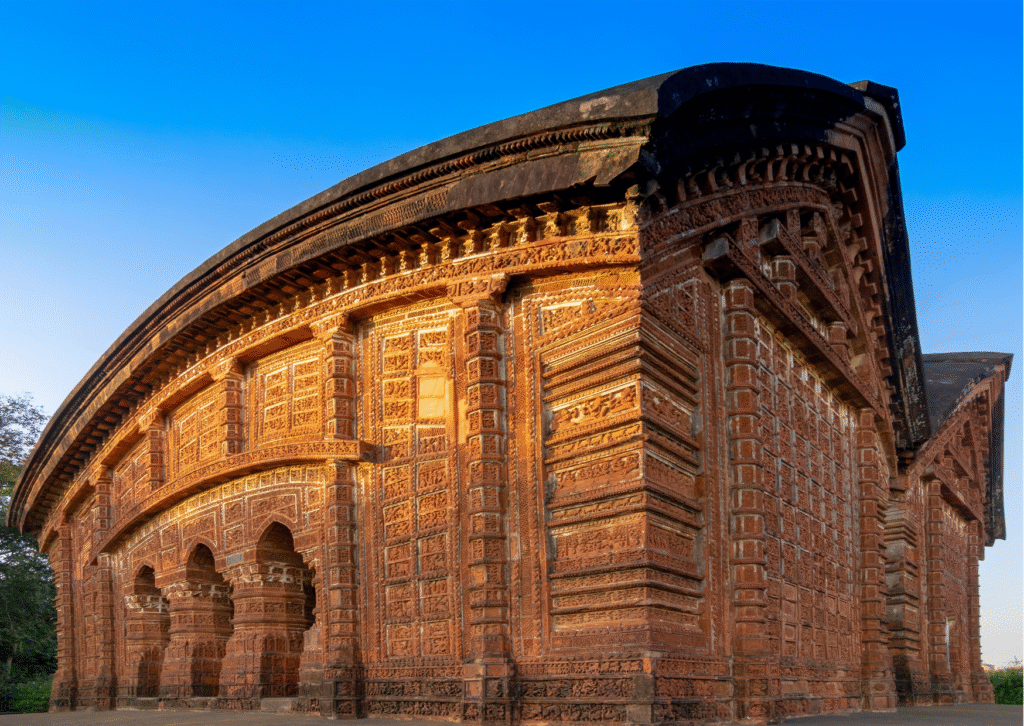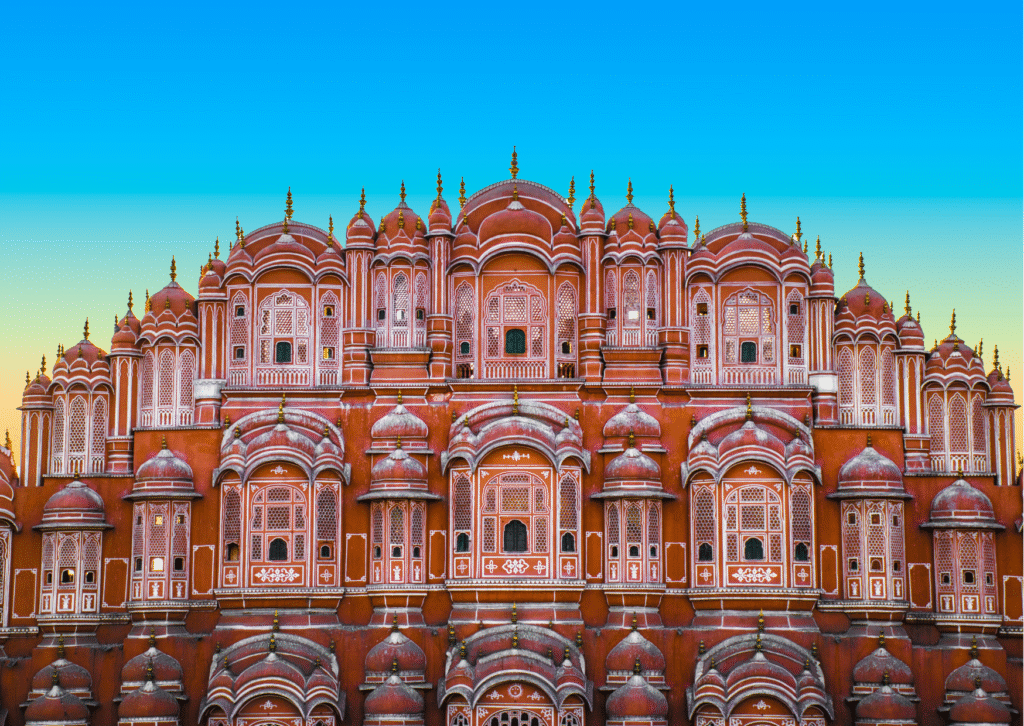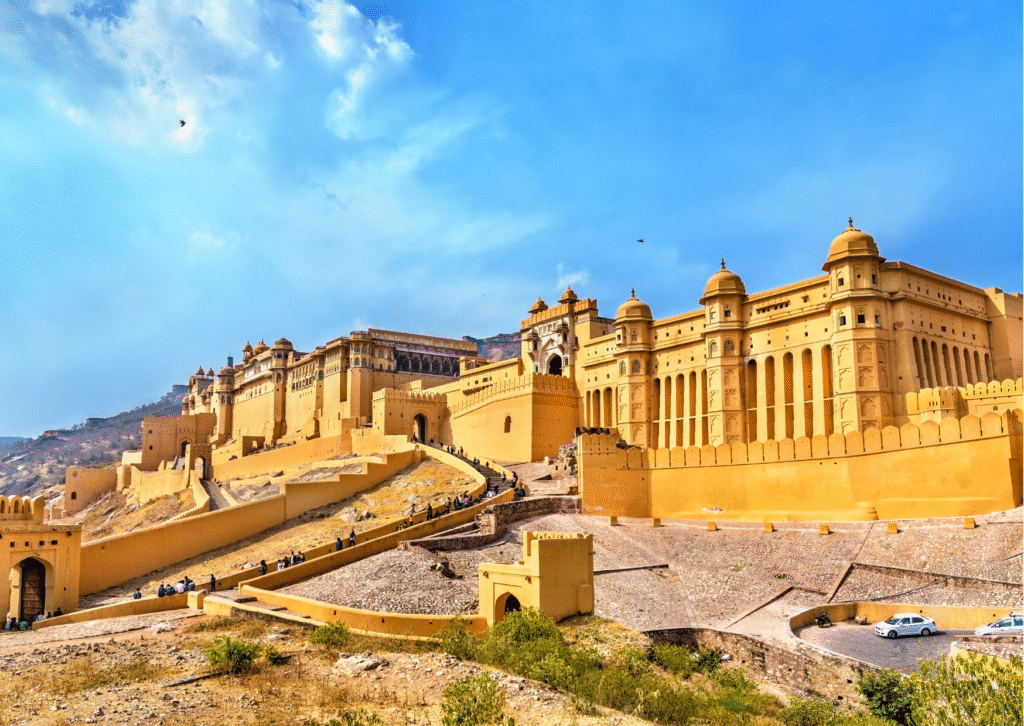
Rajasthan: Where Royalty Resides in Forts of Formidable Grandeur
From the Mughal heartland, our journey takes us west into the vast, arid, yet incredibly vibrant state of Rajasthan – the “Land of Kings.” This is a region defined by its desert landscapes, colourful attire, rich folk traditions, and a history steeped in valour, chivalry, and Rajputana pride. Its heritage is most dramatically expressed in its magnificent forts and palaces, many of which stand sentinel atop hills, commanding breathtaking views and whispering tales of battles fought and legacies built.
Recognizing their unique cultural significance, UNESCO inscribed six ‘Hill Forts of Rajasthan’ as a serial World Heritage Site in 2013. These are Chittorgarh, Kumbhalgarh, Ranthambore (the fort, not the park primarily), Gagron Fort, Amber Fort, and Jaisalmer Fort. They exemplify the fortified architecture and strategic brilliance of the Rajput principalities that flourished from the 8th to the 18th centuries.
Let’s explore a few facets of this aristocratic landscape:
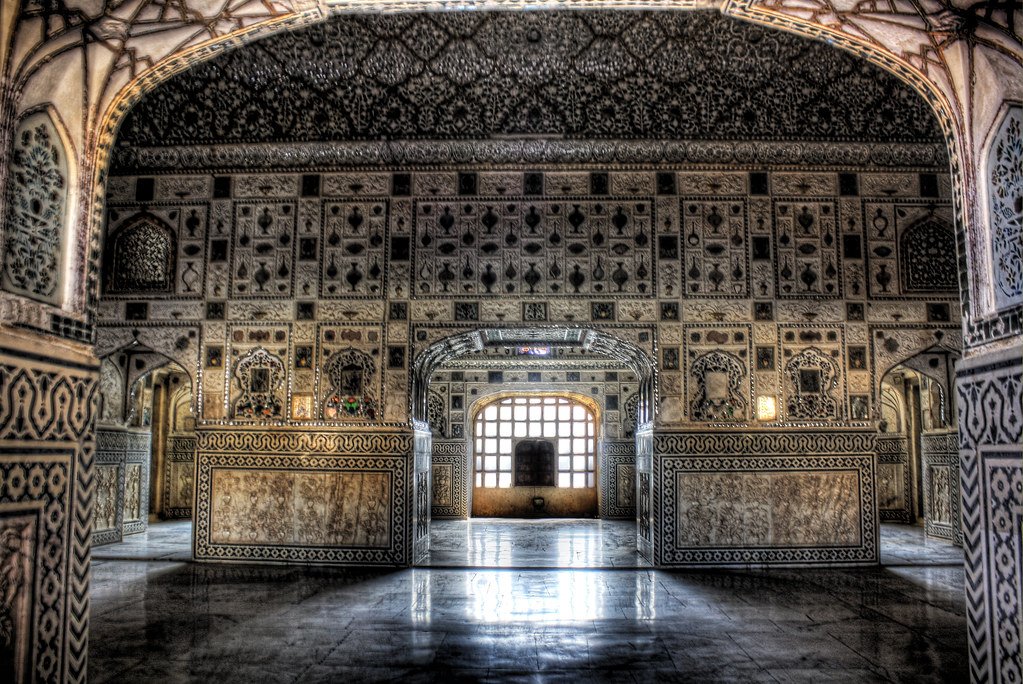
Amber Fort (Amer Fort), Jaipur: Perched majestically on a hilltop overlooking Maota Lake, Amber Fort is a stunning blend of Rajput and Mughal architectural styles. Approaching it, often via an elephant ride (though walking or taking a jeep is also possible and perhaps more ethical), feels like stepping back into a royal era. Inside, intricate mirror work adorns the Sheesh Mahal (Mirror Palace), casting dazzling reflections. The Diwan-e-Aam (Hall of Public Audience) and Diwan-e-Khas (Hall of Private Audience) showcase fine craftsmanship, while hidden passages and expansive courtyards reveal the complexity of fort life. Its strategic location and opulent interiors make it a quintessential Rajasthan experience.

Kumbhalgarh Fort: Located in the Aravalli Hills, Kumbhalgarh boasts the second-longest continuous wall in the world (after the Great Wall of China), stretching over 36 kilometres! This formidable fortification, built during the 15th century by Rana Kumbha, encircles numerous temples, palaces, and fields, acting as a refuge in times of danger. Its remote location and sheer scale are awe-inspiring. Standing atop its ramparts, gazing out at the rugged hills folding into the distance, one gets a true sense of its impregnability and the vision behind its construction. It’s also the birthplace of the legendary Maharana Pratap.
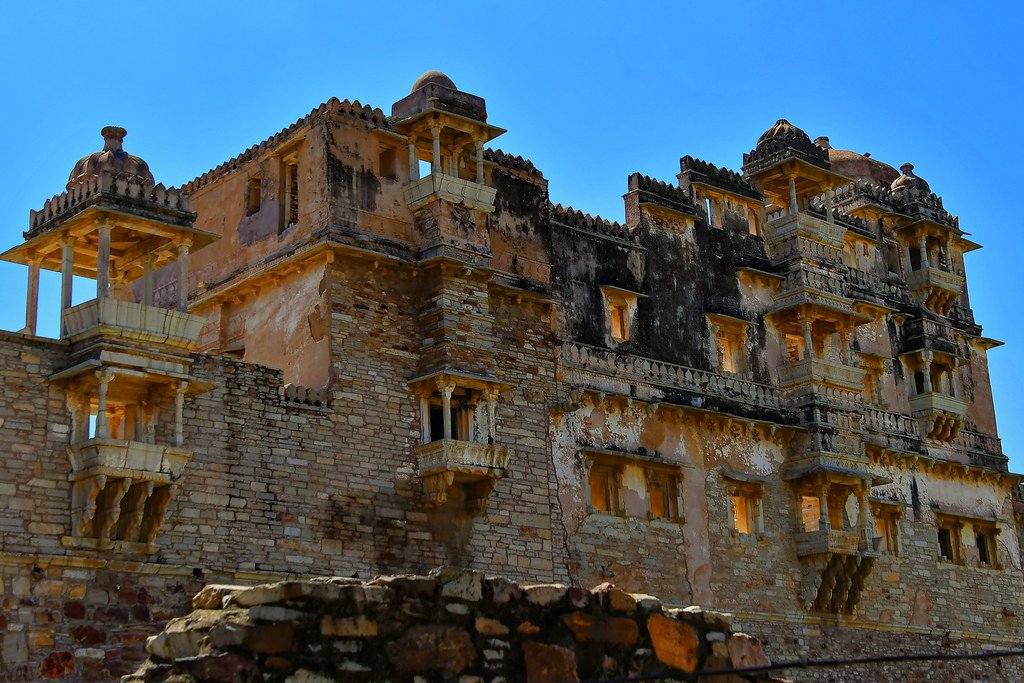
Chittorgarh Fort: Perhaps the most historically resonant fort in Rajasthan, Chittorgarh sprawls across a massive plateau and echoes with tales of heroism, sacrifice, and sieges. It was the capital of Mewar for centuries. The fort complex houses palaces like the Rana Kumbha Palace and Padmini’s Palace (linked to the legendary tale of Queen Padmini’s beauty and the siege by Alauddin Khilji), numerous intricately carved temples (like the Vijay Stambha or Tower of Victory, and Kirti Stambha or Tower of Fame), and reservoirs. Walking through Chittorgarh is like walking through the pages of history, filled with poignant stories of Rajput valour, particularly the tragic events of jauhar (mass self-immolation by women to avoid capture).
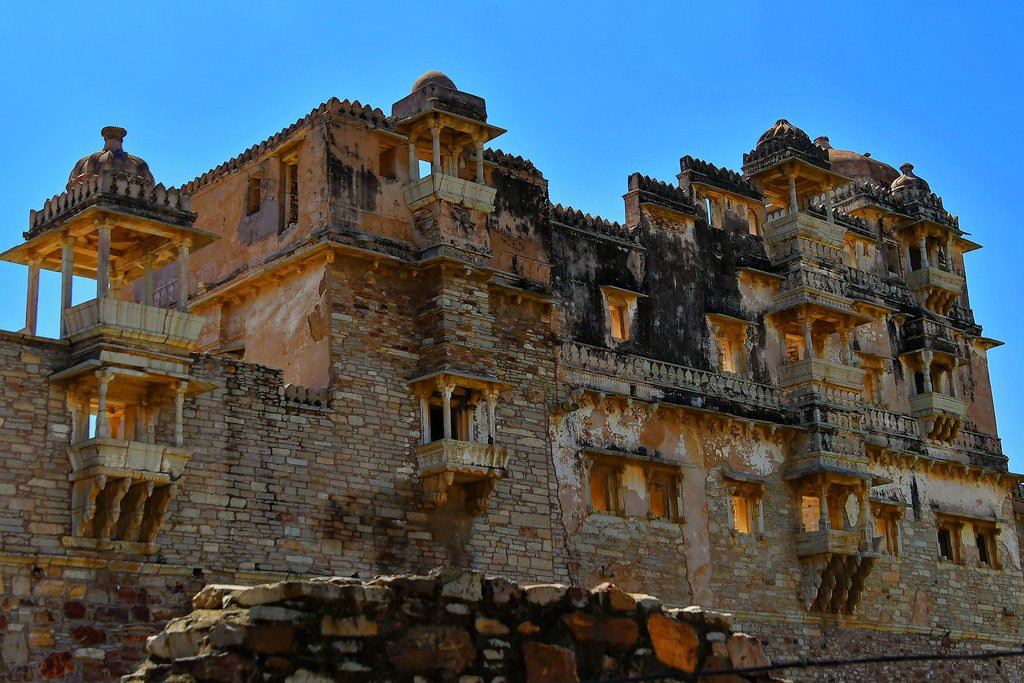
Jaisalmer Fort: Rising like a golden mirage from the Thar Desert, Jaisalmer Fort is unique because it’s a ‘living fort’. Thousands of people still reside within its ancient walls, running shops, guesthouses, and restaurants. Built from yellow sandstone that glows golden at sunset (earning Jaisalmer the nickname “The Golden City”), the fort contains beautiful Jain temples, ornate havelis (traditional mansions) with intricate balconies and facades, and the Raj Mahal (Royal Palace). Wandering its narrow, winding lanes feels like stepping into a medieval desert kingdom.
Beyond these UNESCO-listed giants, Rajasthan’s aristocratic spirit permeates its cities. Jaipur, the “Pink City,” offers the City Palace complex and the astronomical wonders of Jantar Mantar (another UNESCO site). Udaipur, the “City of Lakes,” enchants with its Lake Pichola, the ethereal Lake Palace (now a luxury hotel), and the imposing City Palace complex. Jodhpur, the “Blue City,” is dominated by the magnificent Mehrangarh Fort (though not part of the UNESCO Hill Forts group, it’s an unmissable icon of Rajput power). Throughout Rajasthan, the legacy of royalty lives on in vibrant textiles, intricate jewellery, captivating folk music and dance, and elaborate festivals like Pushkar Fair and Teej.

